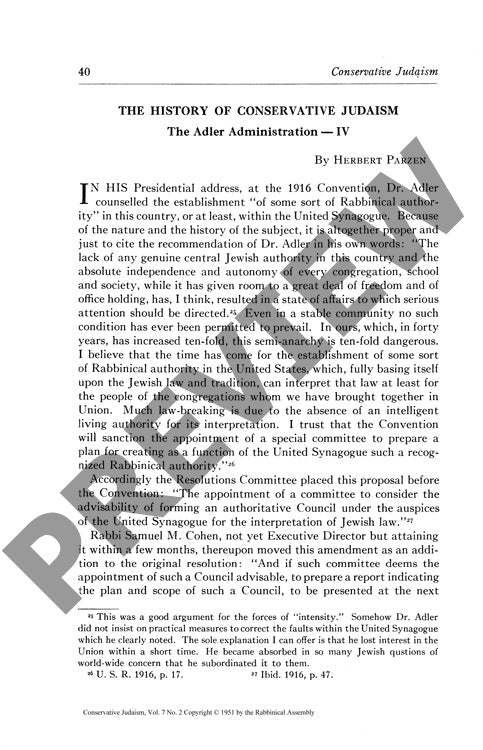The History of Conservative Judaism The
Couldn't load pickup availability
The quest to establish centralized rabbinical authority in American Judaism reached a critical juncture during Dr. Adler's United Synagogue presidency of 1916-1917, setting Conservative Judaism on a decades-long path of institutional transformation. Through analysis of presidential addresses, committee reports, and convention proceedings, a complex narrative emerges of religious leaders grappling with perceived religious anarchy and the absence of authoritative Jewish legal interpretation in America. Dr. Adler's 1916 proposal for "some sort of Rabbinical authority" gained theological reinforcement through Professor Louis Ginzberg's landmark 1917 committee report, which argued that organized human interpretation of Torah represented a historical cornerstone of Judaism. Yet the implementation faced formidable challenges, as congregations cherished their autonomy and feared accusations of reforming Jewish law. This tension between centralized authority and local independence persisted until 1948, when the Rabbinical Assembly finally established a Committee on Jewish Law and Standards with expanded interpretive powers. While Conservative Judaism ultimately recognized halakhic authority as essential for institutional coherence, the movement continued to navigate an uneasy balance between traditionalist and progressive approaches to religious authority - a fundamental challenge that would determine its long-term sustainability.

More Information
-
Physical Description
-
Publication Information
Published
ISBN
-
Publication Credits
Herbert Parzen

